Marlene Steele shares how she used pastel to paint a series of paintings that documented the renovation of Cincinnati’s historic Union Terminal.
Thoughts on Process by an Urban Sketcher
BY MARLENE STEELE
I am energized by the challenge of drawing and painting in real time, on location. Over a period of six months, I documented the renovation of an art deco train terminal near my studio. My approach was to work in pastel on site as scheduling and weather permitted, and transform the strongest compositions into oil paintings in my studio.
I was witnessing the renovation of the Cincinnati Union Terminal / Museum Center being brought back to life by workers in many manual trades. I was fascinated by the daily choreography of the various teams as they performed their gritty processes. Using their trusty cranes, the stone cleaners soared to the top of the building. Brick and stone masons rebuilt crumbling infrastructure in buckets and scissor lifts.
I often used the distinctive Terminal architecture as a towering backdrop with the various processes in the foreground. Because the sun moved over the building by 12:30 pm, my window of execution was about 2.5 hours. It is most important to set to work immediately and efficiently.
My setup was simple and easy!
– Traditional pastels, pastel support papers in an assortment of color options
– Folding lawn chair that is close to the ground
– My typical art bag of sundries, sun visor, drawing board with clips
– On site I lay out my pastel box on my right side (I am right-handed) and clip my sanded pastel support to my board. I usually work on my lap, approximately, 14″ by 20″
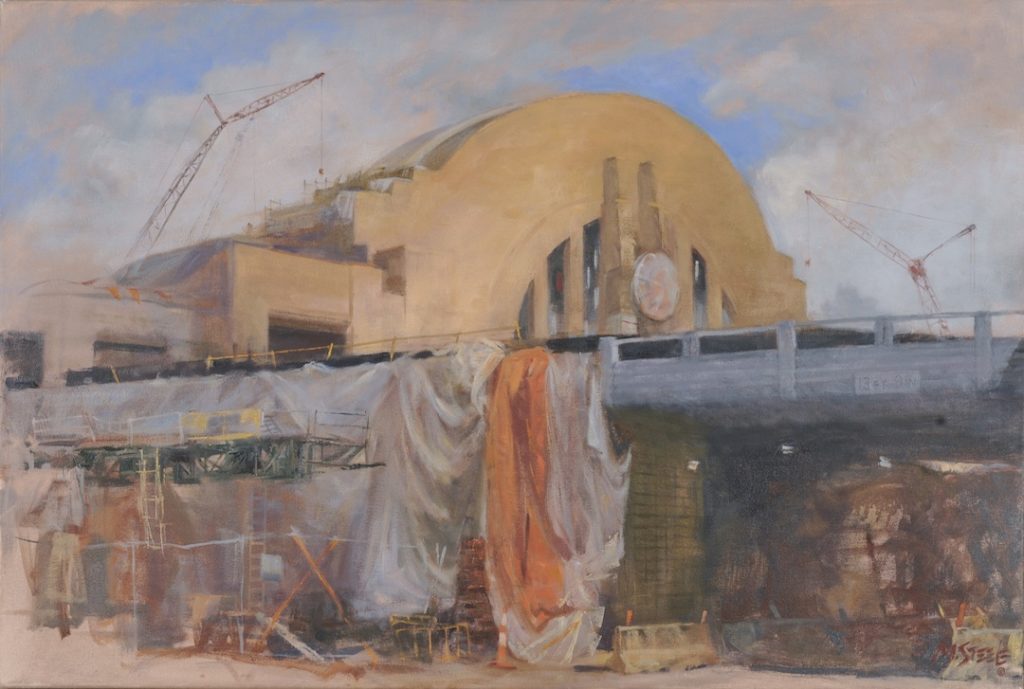
Using Pastels en Plein Air
My three-layer box of pastels has been organized to help me achieve efficiency in the pastel process. The top layer is a collection of values in both warm and cool families. Using 1″ pieces of pastels on their side, I fill in my largest shapes with broad applications of mid-dark and dark values. I reserve my very lightest and deepest value options for late stage accentuation.
My next application is the middle value of the next largest shapes. This can be either warm or cool tones but not high chroma. My lap-sized composition when this process is completed is approximately two/thirds surface covered. Often at this juncture, I will brush on an alcohol solution to liquify the pastel on the surface into a wash. While this quickly dries, I can work in another area in a second tonal layer.
As my composition develops, I make crucial editing decisions. Working quickly, I can capture workers in various processes, even as movements occur. It is important to become oblivious to noise, dust and interruptions. Sometimes I had to wait patiently for the scene or subject to return to a particular activity. I learned to think about this interlude as an opportunity to visualize a series of options for future consideration, instead of a delay or distraction in my work. This revelry seemed constructive and minimized frustration.
The third and bottom layer of my pastel box contains all the high chroma ‘candy’ colors which will be the final surface layer of my picture. As the sun rises high over the setting, the shadow shapes shortened, reshaping into much smaller versions of their earlier shapes.
The human element lends scale to the composition when contrasted with the monumental architecture of the façade. The fluorescent yellows and bright oranges of construction personnel safety vests and helmets make the composition pop. These shapes are small but powerful eye catchers. Therefore, they should be placed strategically to augment eye movement through the composition.
This is also the stage where I look for opportunities to augment the compositional darks. Restating or accenting the darkest dark adds to the range of value in the composition and elevates interest.
I translate the strongest sketches into oil in the studio, enlarging the proportions. Sometimes I brought the painting in progress back to the original site to authenticate my revisions. Editing from memory and with the aid of occasional cell shots can be useful also.
My work expresses my alignment with the works of 20th century American artists who were inspired by the political and industrial changes shaping the lives and environments of the working classes and the poverty stricken. Among these artists are Edward Hopper, Reginald Marsh, Isabel Bishop, and George Bellows.
My observational work explores the urban environment in search of my personal aesthetic and strives to be convincing in a contemporary painterly, drawing-driven manner.
I am pleased to be awarded the Ohio Arts Council Individual Excellence Award for FY 2019 with this series of works.
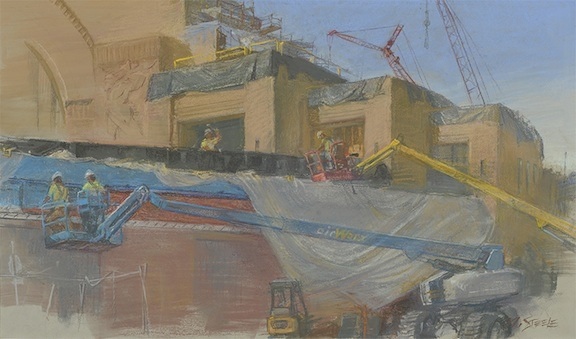
Connect with Marlene Steele through her Facebook page here.
Visit EricRhoads.com to find out all the amazing opportunities for artists through Streamline Publishing, including:
– Online art conferences such as Plein Air Live
– New video workshops for artists
– Incredible art retreats
– Educational and fun art conventions, and much more.
> Subscribe to Plein Air Today, a free newsletter for artists
> Subscribe to PleinAir Magazine so you never miss an issue

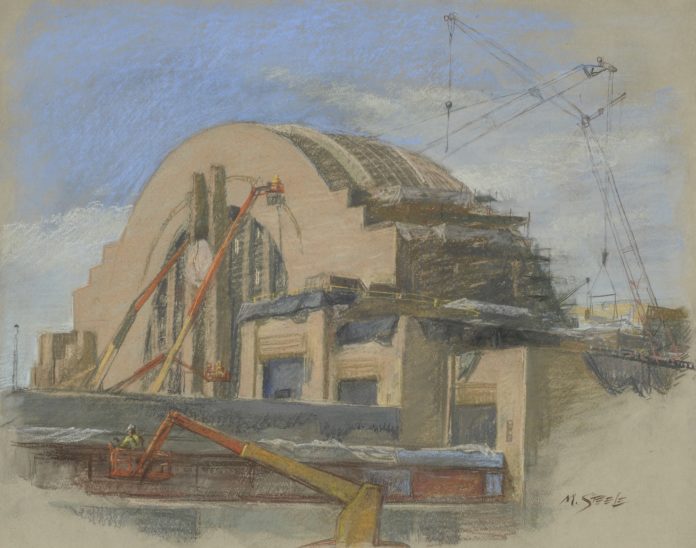
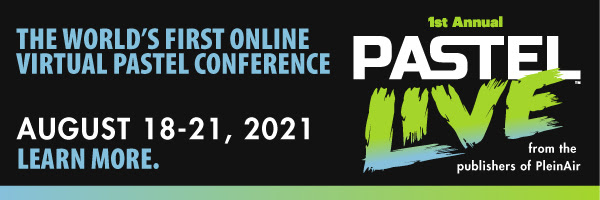

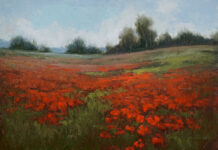
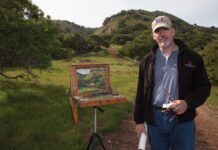
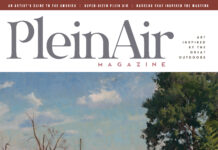
Good article! I like how you saved the “candy” to the end, a kind of reward for all your hard work!